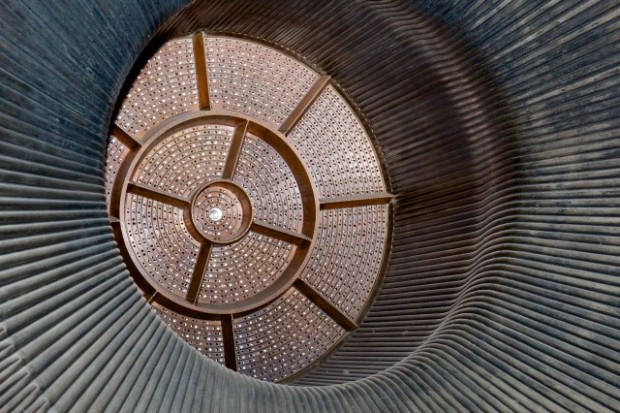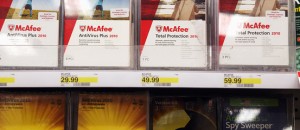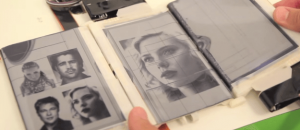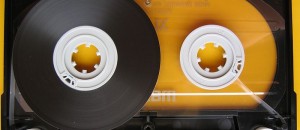3D printing is slowly becoming all the craze now, even NASA is getting in on the action with its latest project. The space agency built a 3D rocket component from scratch, and actually managed to fire it without any noticeable problems. The test took place on August 22, and it included the test-firing of a 3D-printed injector plate.
Surprisingly, the injector supplied over 20,000 pounds of thrust, which is more than what the F15 Pratt, or Whitney F100 is capable of delivering. But bear in mind, 3D printing at NASA is more advanced compared to what you can do at home or at some specialized 3D printing business place down the road.
To get around printing rocket injectors in 3D, NASA has been working on turning metal powders in solids, this could only happen by performing a technique called “direct metal laser sintering.” The agency began by having a contractor come in and build a duplicate injector that supplies oxidizer and fuel into a rocket’s ignition chamber. This duplicate was used as the base to create the 3D version, which was later used in a test that turned out pretty well in the end.
The video below shows the test-firing as it happened:
According to Arstechnica, NASA sees 3D printing as a means to keep costs down, and so far, everything has been extremely positive. Even better yet, NASA’s knowledge of 3D printing will be available to the guys at SpaceX, which would allow the team there to focus more on delivering a profit than on expensive manufacturing of components.
No word yet on when NASA plans to fire the first rocket into space using 3D printed parts, but when that day comes, it should be marked down in history.
[via Arstechnica]

 Email article
Email article




